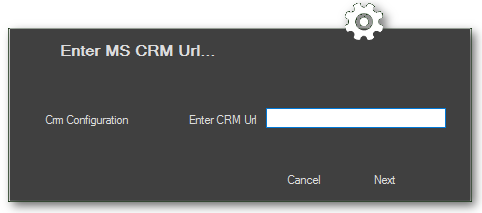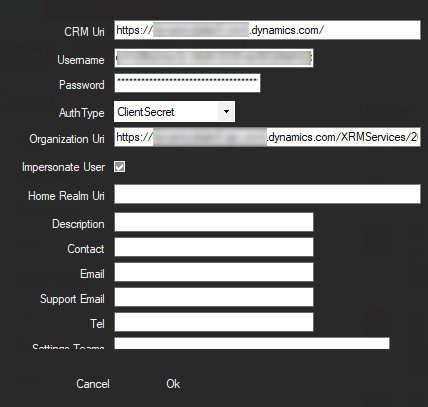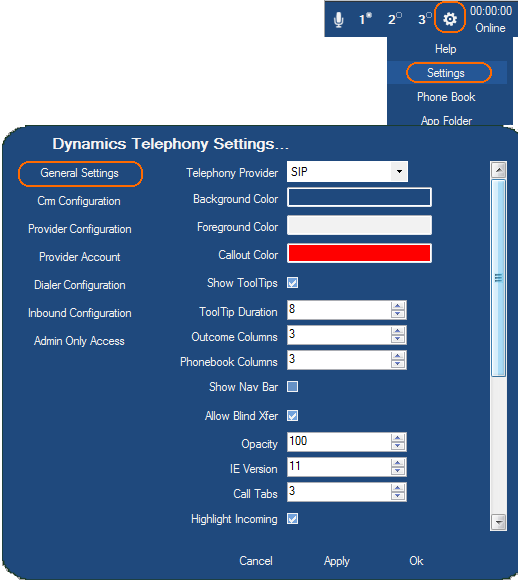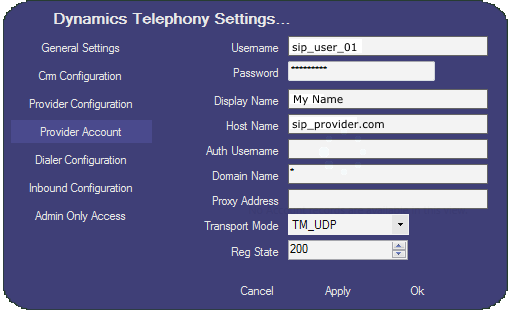GET A TRIAL GOING IN 20 MINUTES !
– NO SERVER REQUIRED.
YOU ARE RISKING BEING FIRED, if you have Avaya Aura Contact Center and Dynamics 365, and you do not try out Dynamics Telephony.
Check it out on Microsoft AppSource HERE.

Dynamics Telephony for Avaya Aura Contact Center provides the perfect Unified Agent Desktop for Dynamics 365 and Avaya Aura Contact Center agents – out-of-the-box.
Related: Microsoft Omnichannel & Avaya AACC Blended
Dynamics Telephony provides real agent efficiencies, saving time on every inbound and outbound call. All through a beautifully simple and seamless integration between CRM and AACC.
All calls logged in CRM automatically. This means your customer records in CRM have a full trace of all inbound and outbound conversations.
Agents have all the Contact Center controls they need: Login/ Logout, Ready / Not Ready, Not Ready Reasons, accept / reject calls, hold transfer and conference.

Inbound screen pop means the handling time of every call is reduced. Dynamics Telephony retrieves the callers number from Avaya Aura and uses it to find the callers record in CRM. This can be CRM lead, opportunity, case, contact or account
Skillset support means the skillset called is passed to your CRM page to be logged in CRM, and to influence the data displayed to the agent so they can deal with the call correctly.
Inbound Dialed Number or DNIS support means that agents can see which phone line, or DNIS, the call is coming in on. This can be via name and logo, like this..

Also, the DNIS can cause the popped CRM page to be populated based on DNIS. For example, to select the Marketing Campaign or Source of the call.
IVR Data can be used for the screen pop (e.g. an order number), or to show IVR choices made (e.g. the caller wants to make a purchase), or to show the caller has been pre-authenticated by the IVR.
Avaya Outbound contacts can be processed by Dynamics Telephony. This means that contacts presented to an agent by Avaya Outbound will pop the related record in CRM and will be processed by the Dynamics Telephony progressive dialer algorithm. See HERE for more details
CRM Dashboards showing unified CRM & Telephony data are provided. You can adjust these for your own needs using standard CRM tools, as all data is stored in CRM. See HERE for more.
Dynamics Telephony is specifically designed to be flexible to meet many advanced need – out-of-the-box. But in addition, it is designed to be extensible to meet your specific needs easily. See the full list of Dynamics Telephony features HERE
Compatibility: CCT version 6 (Nortel) and greater. Knowledge worker or Contact Center Agent
Citrix: Yes, Dynamics Telephony is Citrix compliant
Hot Desking: Yes, Dynamics Telephony supports Avaya CCT based hot desking.
Avaya Aura Agent Desktop: Yes, Dynamics Telephony can work at the same time as AAAD on an agents PC.
Settings: CCT User, password, CCT Server, port number. You can use one user for all or dedicated users. See these settings:
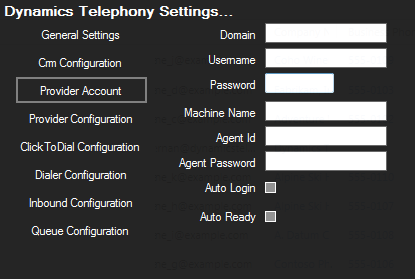

Single Sign On (SSO): Yes Dynamics Telephony supports Windows single sign on. Simply leave the CCT username blank and DT will use the current windows user to sign on to CCT
Architecture Diagram: 
Please contact us for a personal demonstration of Dynamics Telephony for Avaya Aura Contact Center
GET A TRIAL GOING IN 20 MINUTES !
– NO SERVER REQUIRED.

